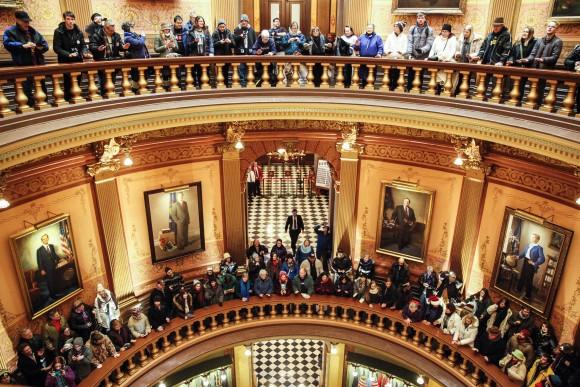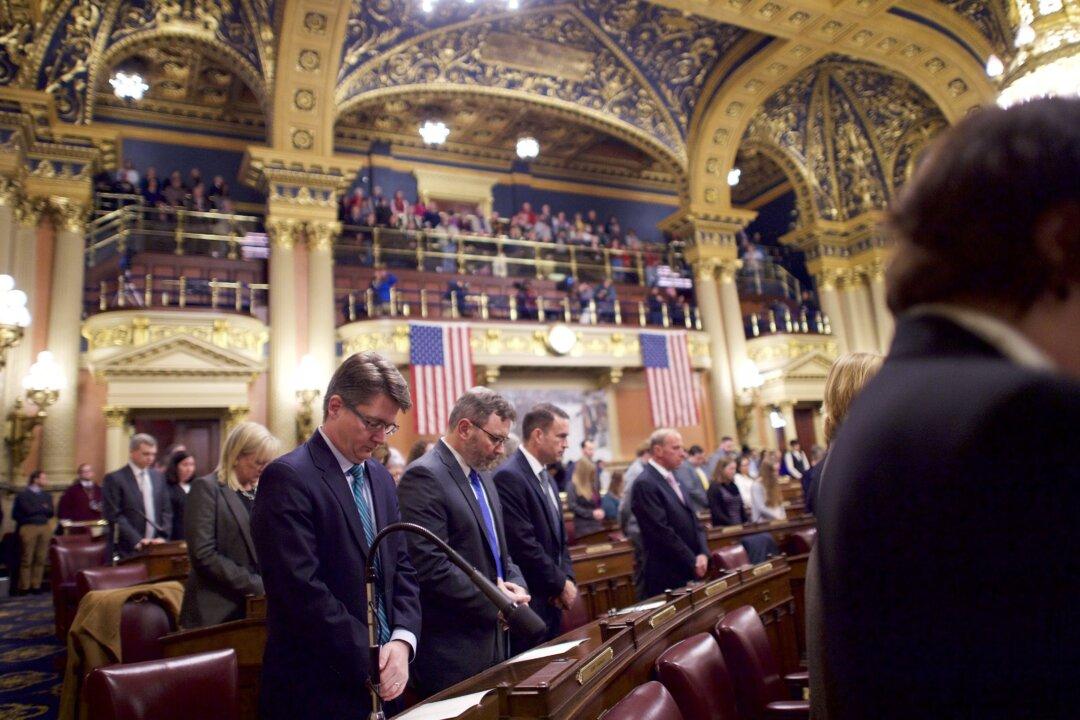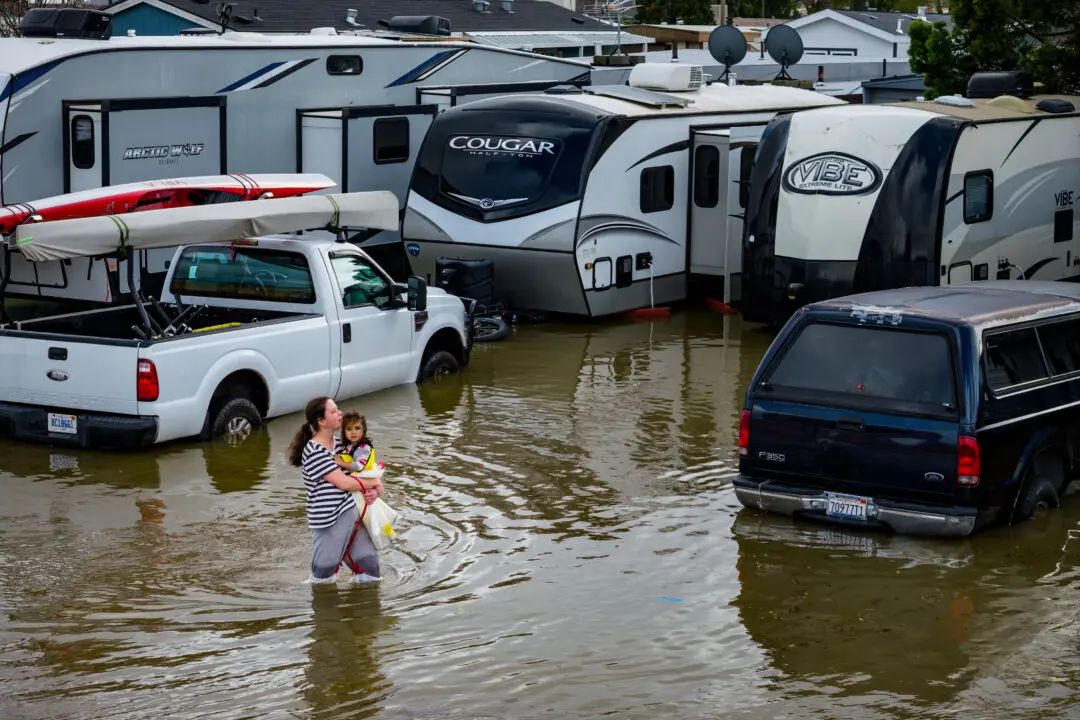WASHINGTON—There were many protesters but few faithless electors as Donald Trump won the Electoral College vote Monday—ensuring that the billionaire will become America’s 45th president.
An effort by anti-Trump forces to persuade Republican electors to abandon the president-elect came to practically nothing and the process unfolded largely according to tradition. Trump’s polarizing victory Nov. 8 and the fact Democrat Hillary Clinton had won the national popular vote had stirred an intense lobbying effort, but to no avail.
Even one of Trump’s fiercest Republican rivals, Ohio Gov. John Kasich, said it was time to get behind the president-elect.
“We want unity, we want love,” Kasich said as Ohio’s electors voted to back Trump at a statehouse ceremony. Kasich refused to endorse or even vote for Trump in the election.
With several states still voting, Trump had 304 votes and Clinton had 169. It takes 270 Electoral College votes to win the presidency. Texas put Trump over the top, despite two Republican electors casting protest votes.
Befitting an election filled with acrimony, thousands of protesters converged on state capitols across the country Dec. 19, urging Republican electors to abandon their party’s winning candidate.
More than 200 demonstrators at Pennsylvania’s capitol, shouted anti-Trump slogans.
Madison, Wisconsin, protesters shouted, cried and sang. In Augusta, Maine, they banged on drums and held signs that said, “Don’t let Putin Pick Our President,” referring to Russian President Vladimir Putin.






